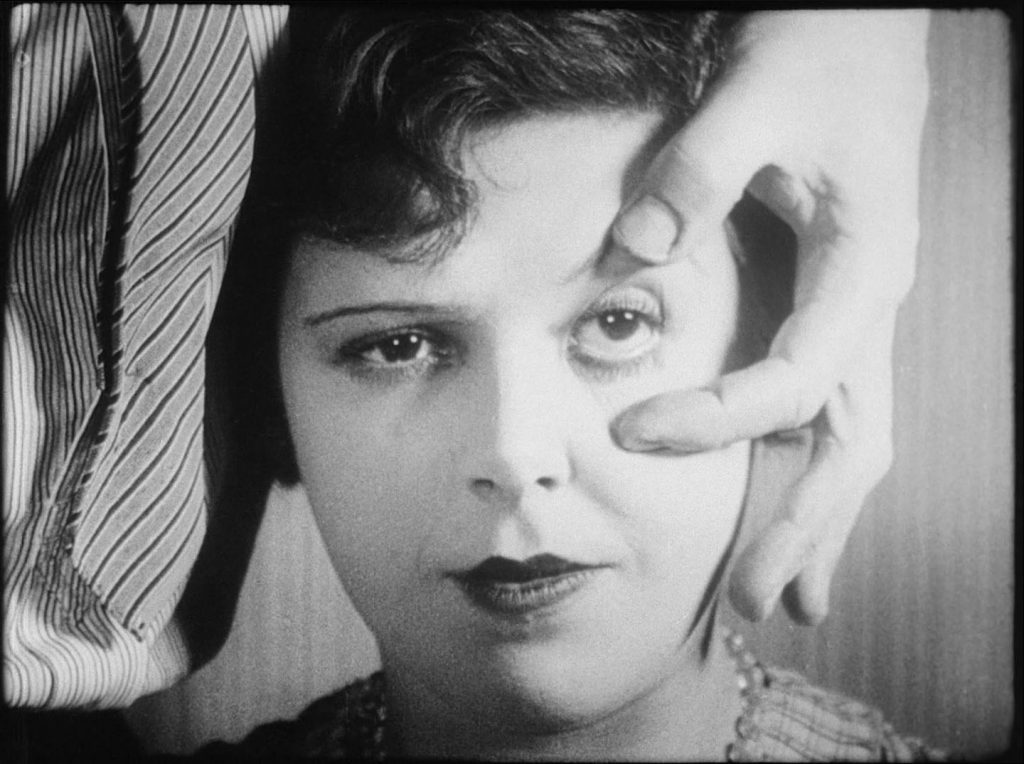Introduction
Uveitis is inflammation (swelling) of the middle layer of the eye, called the uvea or uveal tract.
The uvea is made up of the iris (the coloured part of the eye), the ciliary body (the ring of muscle behind the iris), and the choroid (the layer of tissue that supports the retina).
Symptoms of uveitis include:
- a painful red eye – the pain can range from mild aching to intense discomfort, and focusing your eye can make the pain worse; the eye can feel tender or bruised
- blurred or cloudy vision – this may come after other symptoms
- sensitivity to light (photophobia)
- marked or new floaters – shadows, webs, dots or veils that move across the field of vision
- loss of peripheral vision (the ability to see objects at the side of your field of vision)
- a pupil shaped differently or that doesn’t get smaller when reacting to light
- headaches
One or both eyes may be affected by uveitis. The symptoms can develop suddenly or gradually over a few days.
People with long-term uveitis tend to have more visual symptoms and their eyes may look normal. Patients with sudden onset uveitis usually have more pain and tenderness.
When to seek medical advice
Contact your GP as soon as possible if you have persistent eye pain or you notice an unusual change in your vision, particularly if you’ve had previous episodes of uveitis. The sooner uveitis is treated, the more successful treatment is likely to be.
Your GP may refer you to an ophthalmologist, who is a specialist in eye conditions. An ophthalmologist will examine your eye in more detail with a microscope and light (a slit-lamp), and may suggest further tests if uveitis is diagnosed.
This may include scans of your eyes, X-rays and blood tests. Knowing the cause of your uveitis will help determine the treatment needed.
Why does uveitis happen?
There are a wide range of potential causes for uveitis, although a specific cause is not always identified.
Many cases are thought to be the result of a problem with the immune system (the body’s defence against illness and infection). For unknown reasons, the immune system can become overactive in the eye.
Less commonly, uveitis can be caused by an infection or injury to the eye, and it can also happen after eye surgery.
Read more about the causes of uveitis.
Types of uveitis
There are different types of uveitis, depending on which part of the eye is affected:
- anterior uveitis – inflammation of the iris (iritis) or inflammation of the iris and the ciliary body (iridocyclitis); this is the most common type of uveitis, accounting for about three out of four cases, tends to come on quickly, and can be recurrent, causing pain and redness
- intermediate uveitis – inflammation of the area behind the ciliary body and the vitreous jelly; this can cause floaters and blurred vision
- posterior uveitis – inflammation at the back of the eye, the choroid and the retina; this can cause problems with vision
In some cases, uveitis can affect the front and back of the eye. This is known as panuveitis.
How is uveitis treated?
The main treatment of uveitis is steroid medication (corticosteroids), which can reduce inflammation inside the eye.
The type of steroid medication used depends on the type of uveitis you have. Eye drops are often used for uveitis affecting the front of the eye, whereas injections, tablets and capsules are more often used to treat uveitis affecting the middle and back of the eye.
In some cases, additional treatment may be needed. This might be eye drops to relieve pain, a type of medicine called an immunosuppressant, and even surgery.
Uveitis caused by infection needs specific treatment.
Read more about treating uveitis.
How long can it last?
Uveitis can be:
- acute – when it resolves quickly after treatment
- recurrent – when repeated episodes are separated by gaps of several months
- chronic – when the condition continues long-term or requires long-term medication to control it
Complications
Although most cases of uveitis respond quickly to treatment and cause no further problems, there is a risk of complications.
The risk is higher in people who have intermediate or posterior uveitis, or have repeated episodes of uveitis.
Complications of uveitis include permanent damage of the eye and some loss of vision.
It’s estimated that the more serious types of uveitis are responsible for 1 in every 10 cases of visual impairment in the UK.
Read more about the possible complications of uveitis.
Who is affected?
Uveitis is uncommon. It’s estimated that 2 to 5 in every 10,000 people will be affected by uveitis in the UK every year.
It usually affects people aged 20 to 59, but can also occur in children. Men and women are affected equally.
It’s more likely to occur in people with other inflammatory or immune conditions.
Despite being uncommon, uveitis is a leading cause of visual impairment in the UK. This is why it’s very important to diagnose and treat the condition as early as possible.
